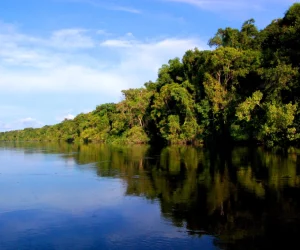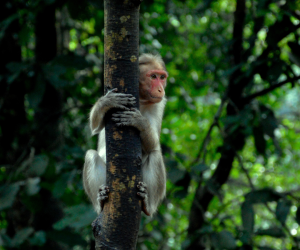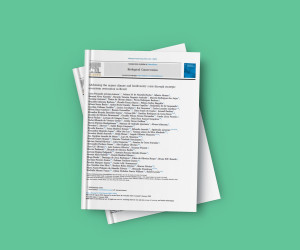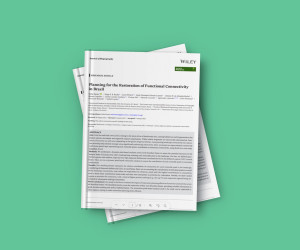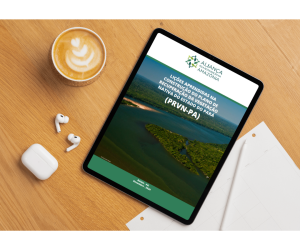Priority Areas for Native Vegetation Restoration in Brazil
Brazil has established national and international commitments to address biodiversity loss and climate change. Among these commitments is the goal of restoring 12 million hectares of native vegetation and achieving carbon neutrality by 2030. With the ongoing update of the National Native Vegetation Plan (PLANAVEG), one of the key requirements for supporting the new national strategy is the revision of the mapping of priority areas for restoration across all Brazilian biomes, taking into account changes in land use, scientific advancements, and the potential socio-environmental benefits that restoration aims to enhance.
In this context, in partnership with the Ministry of the Environment (MMA) and the Climate and Society Institute (iCS), IIS has launched the project “Priority Areas for Native Vegetation Restoration in Brazil,” which will identify priority areas for restoration across all biomes to support the update of PLANAVEG and other public policies. The general methodological guidelines to be considered in this (and future) prioritisation exercises will be developed with key stakeholders from different sectors of society, and the specific results for each biome will be validated in regional workshops with specialists. An executive summary will be prepared with the validated results to guide decision-makers, and IIS will provide technical support to the MMA for presenting these results at international events relevant to the biodiversity and climate agendas, such as the 16th edition of the Conference on Biodiversity (COP 16).
This project will not only support the implementation of PLANAVEG (and other policies benefiting from the use of these data) to make it more effective, but will also provide a solid foundation for the formulation of other public policies aligned with Brazil’s climate and restoration goals, pointing the way to better resource allocation and guiding solutions more suited to the needs and potentials of each biome. The project began in July 2024 and will last for 7 months, concluding in February 2025.

